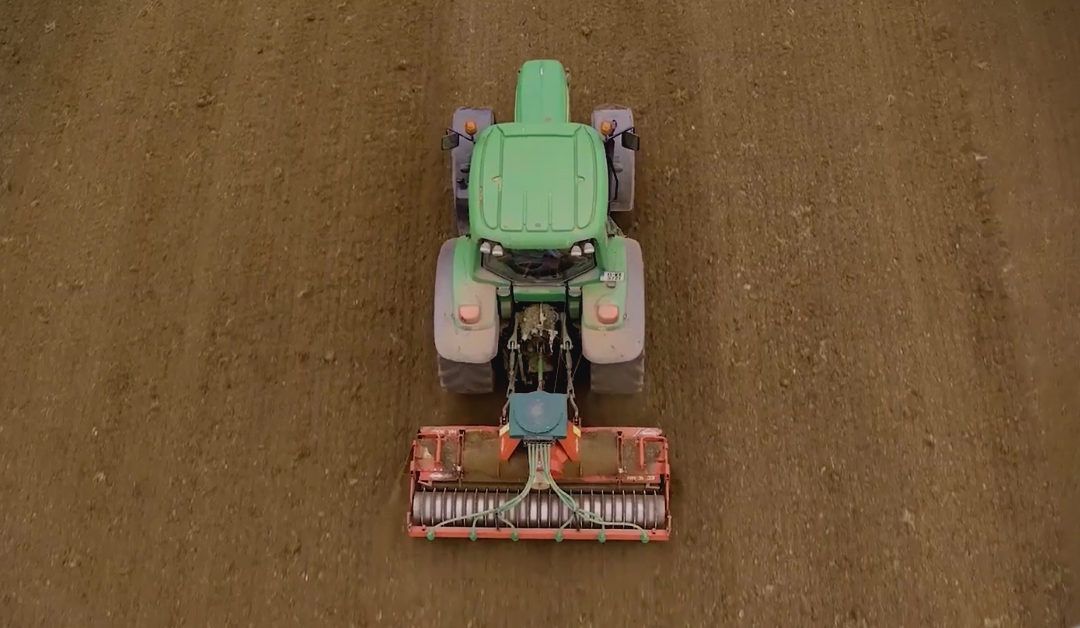With ground conditions finally favourable and excellent grass growth levels, now is an ideal time to take the opportunity to reseed.
The never-ending debate always raises its head at this time of year as to ‘when is it too late to reseed?’. Although, the calendar acts as a guide to reseeding, it is not always the primary criteria and especially not this year.
At this stage, it is a matter of deciding between risk versus reward. If your plan is to reseed a certain percentage of the farm each year, it is important to stick to this plan and reseed now especially while ground temperatures are very good and there is excellent and almost unseasonable grass growth.
Making the decision to defer reseeding may only put additional pressure on next year. Autumn 2017 is a recent good example of this scenario as in that year, the weather was difficult, and many reseeding jobs were not completed. With a slow spring in 2018 and a drought hitting in early June, it meant that much of the ground not completed for reseeding in autumn 2017 had returned little in terms of new herbage by mid-summer.
Management Guide:
The objective of reseeding at this stage is to have the crop established before the winter sets in and to have the post emergent spray (if available) applied. In doing so, there are some important key factors that need to be taken into consideration:
Soil Fertility:
Reseeded pastures will not perform to their potential if soil fertility is not correct. To achieve maximum results, it is vital that the new reseed receives adequate levels of 10:10:20 and lime levels to balance pH requirements and kick start early growth.
Reseeding Method:
With a lot of ground burnt off beyond the recommended three weeks at this stage, some of the destroyed vegetation is now beginning to re-establish. It is therefore imperative that this ground is cultivated as soon as possible.
By now, it is becoming too late for reseeding methods such as minimal cultivation or direct drilling. Once you past the middle of September, ploughing or discing are the most reliable methods, as they create the best environment to facilitate germination.
Seeding Rate:
Increasing the seeding rate by 15-20% will maximise the rate of success and compensate for lower ground temperatures and growth levels at this time of year.
Clover inclusion is also essential when reseeding, with current research indicating that 1kg of clover is typically recouped with one month of clover growth. Rather than leaving clover out, we recommend increasing the level in the hope of achieving a better strike rate.
At Agritech, we have long recognised the importance of including optimal levels of clover in our grass seed mixtures. Our Tipperary Grass Seed mixtures are also treated with a biological seed stimulant called, GroQuik®, to ensure maximum germination and a stronger well rooted plant, even in more difficult growing conditions. The application of GroQuik® is especially beneficial to clover establishment as it has a more extensive and complicated root structure.
Post Management:
Watch out for the three most significant pests of reseeds, frit fly, leatherjackets and slugs which are particularly problematic in the autumn.
For further advice or to find out more about our 2020 Tipperary Grass Seed mixtures, contact your local Agritech sales representative or distributor.


